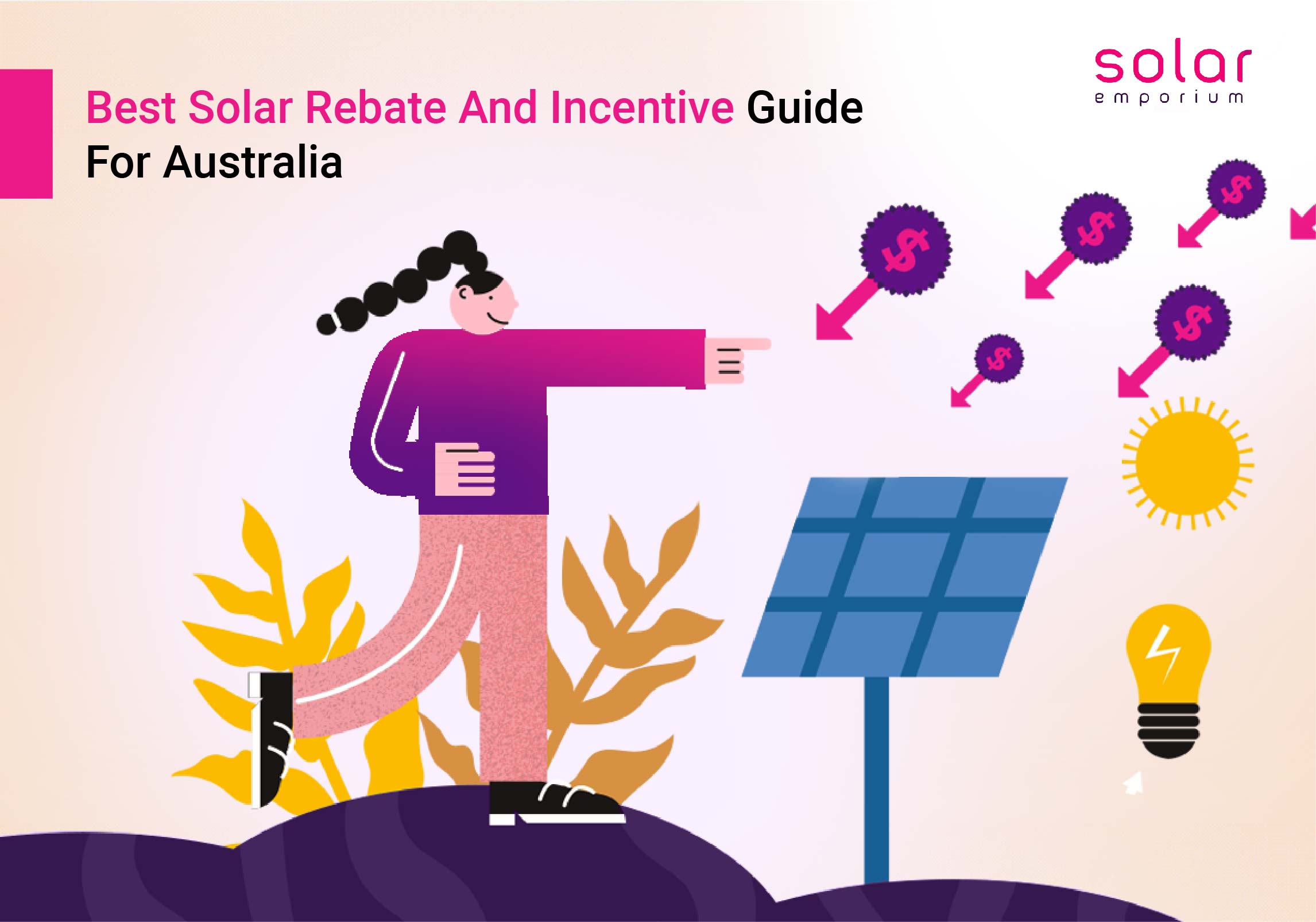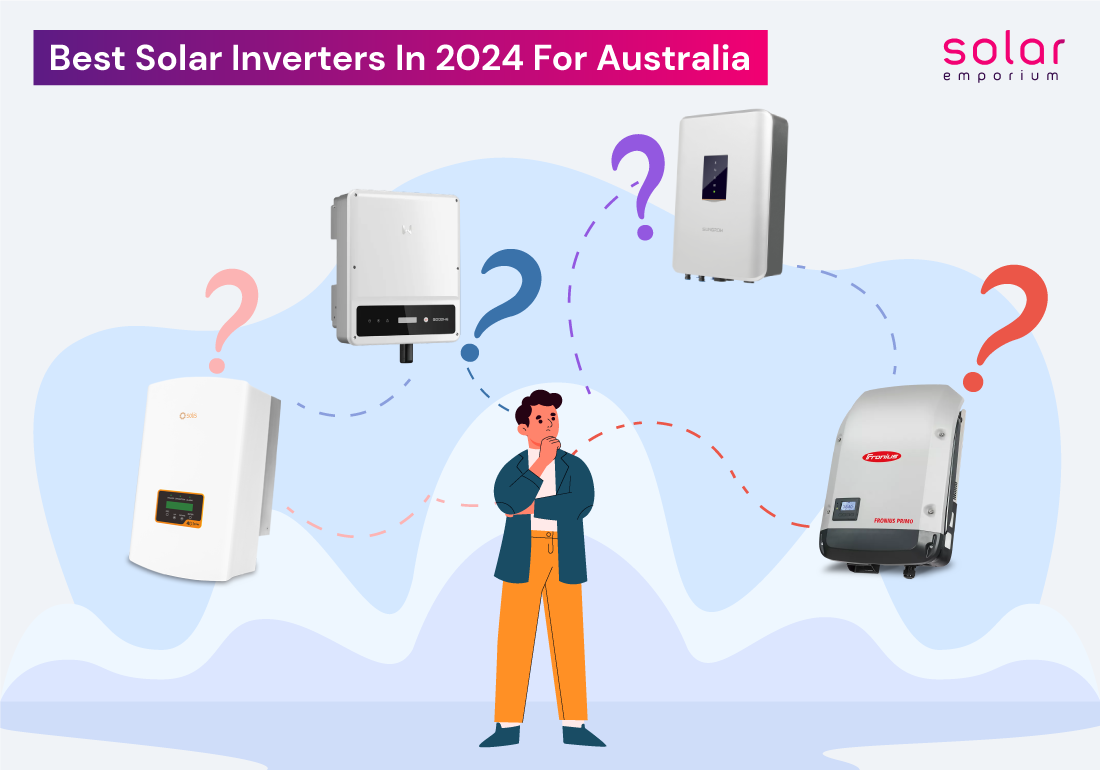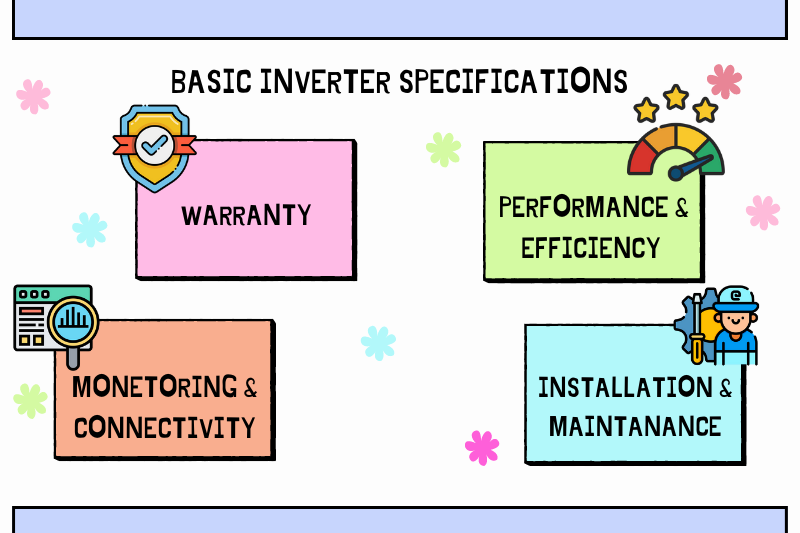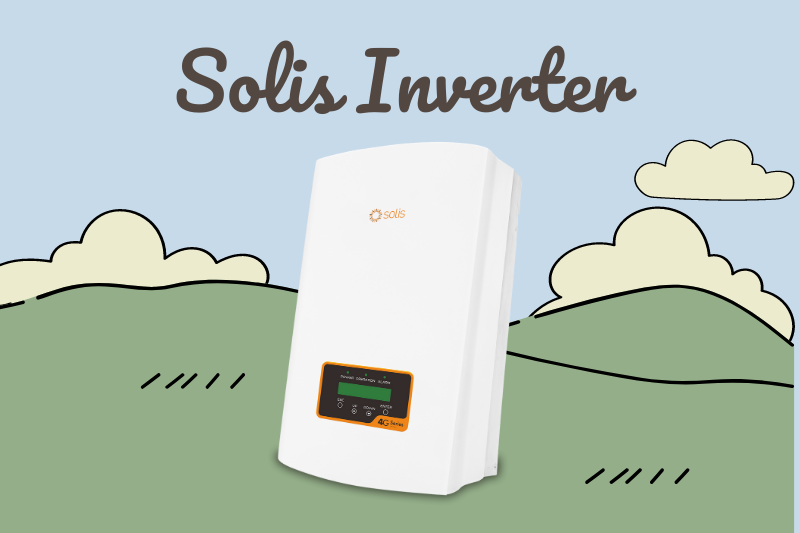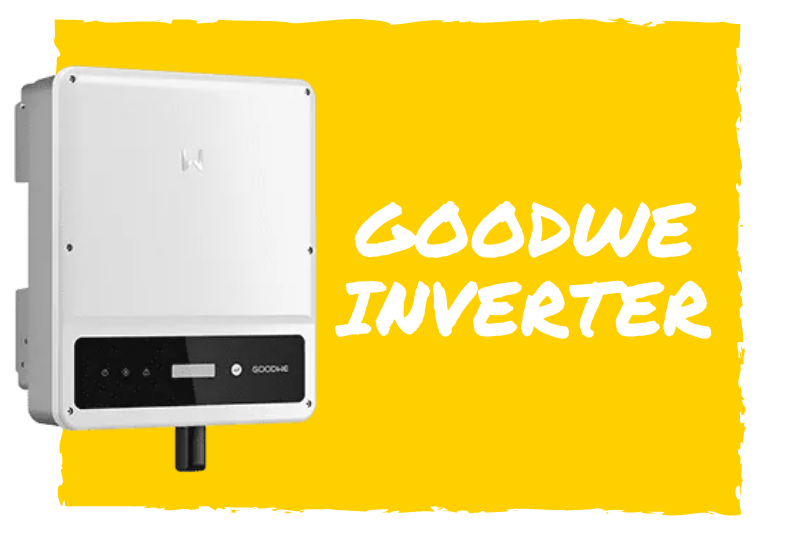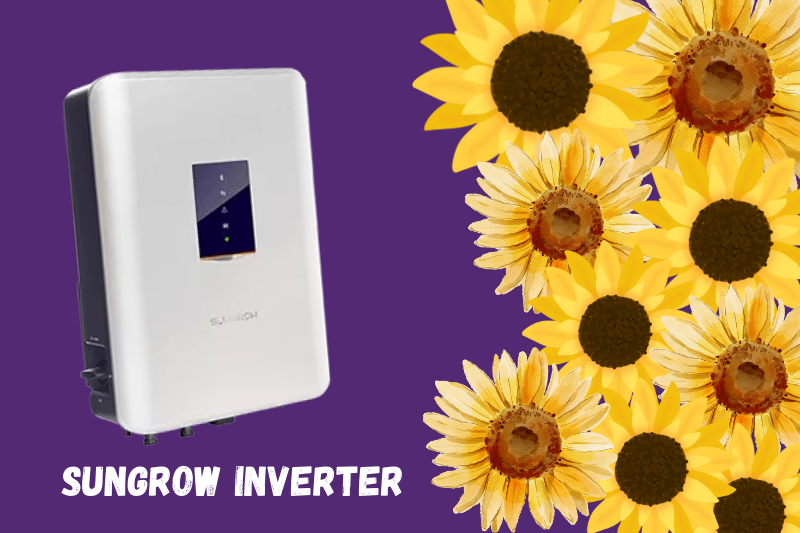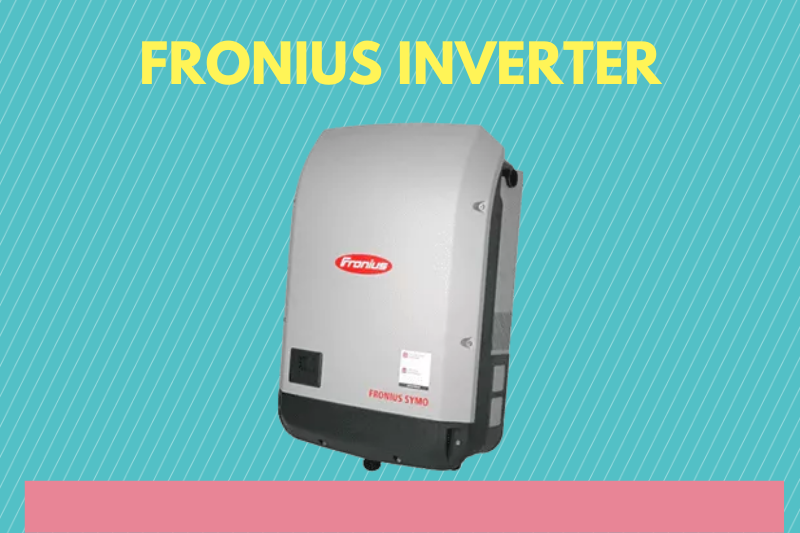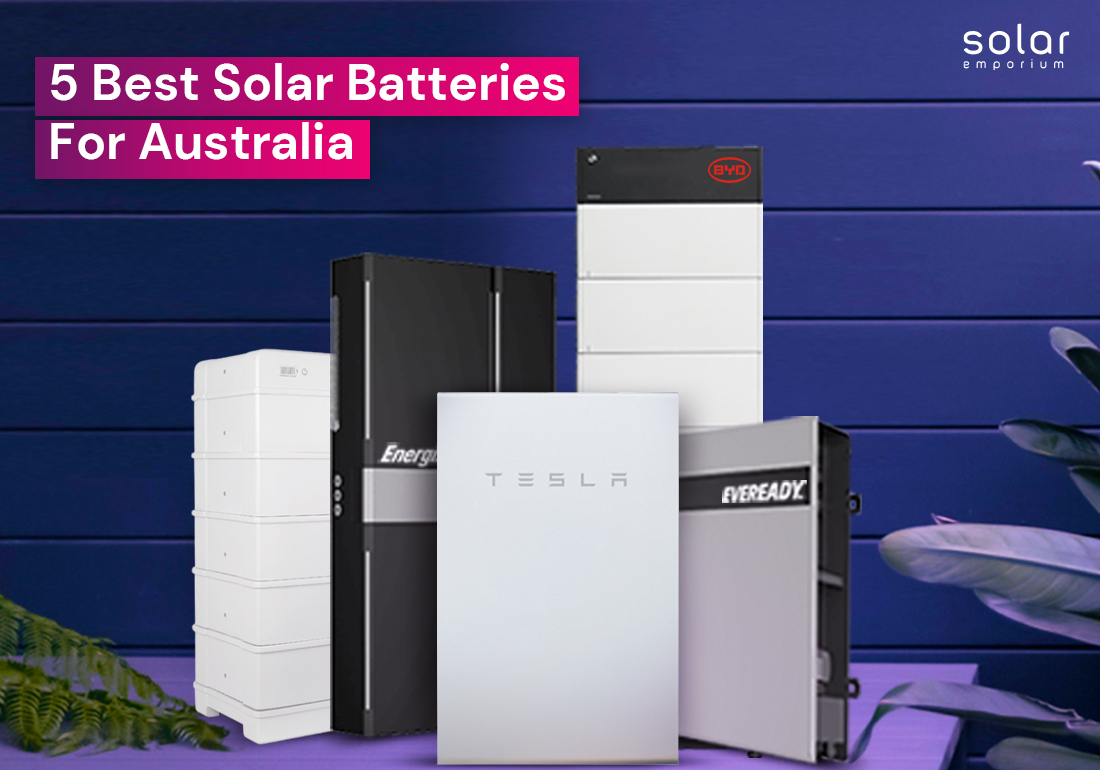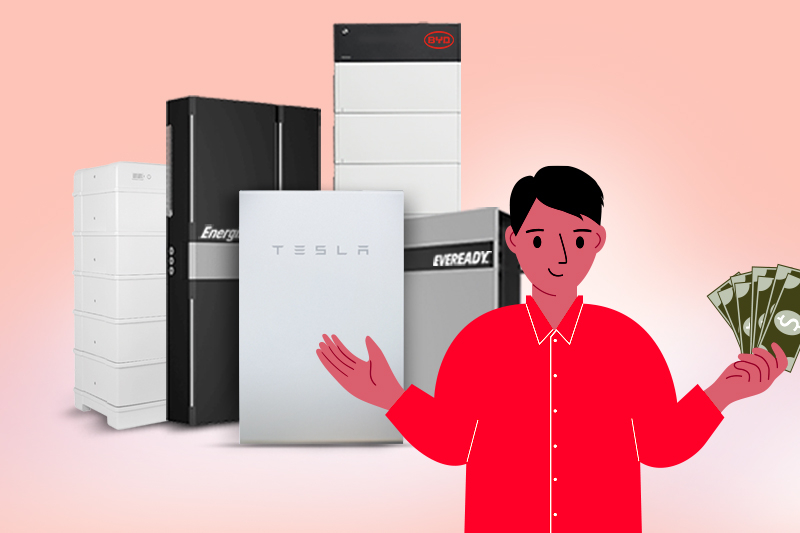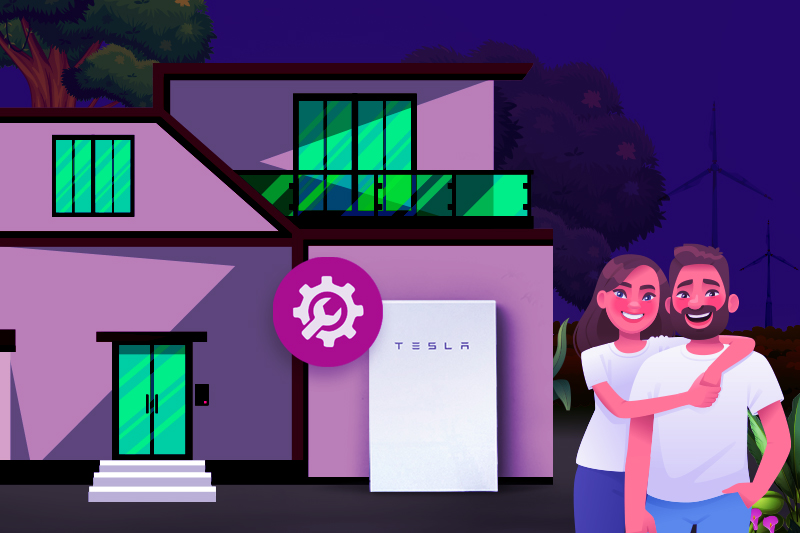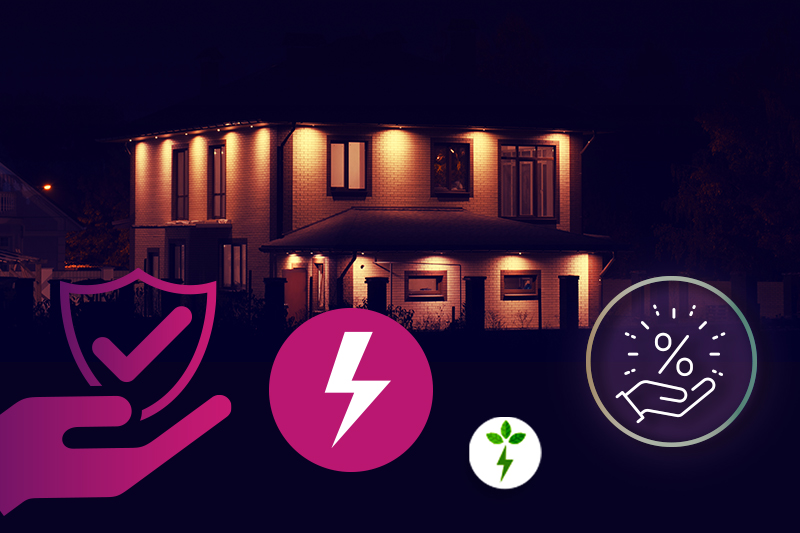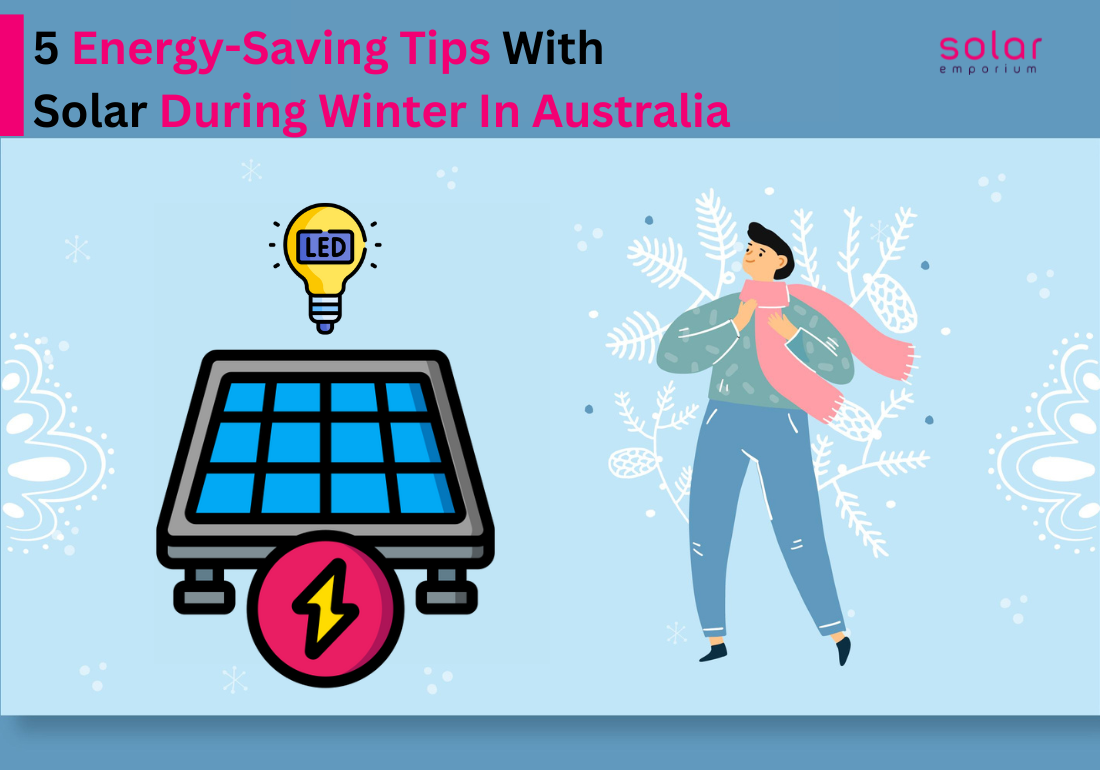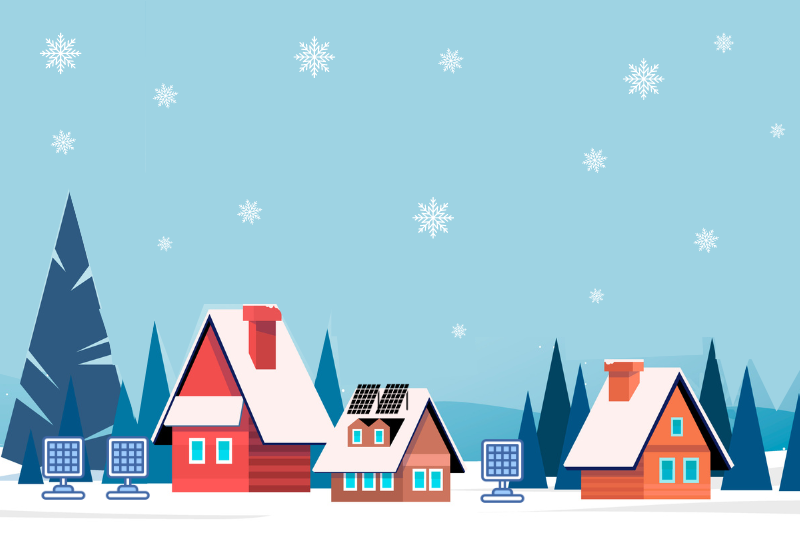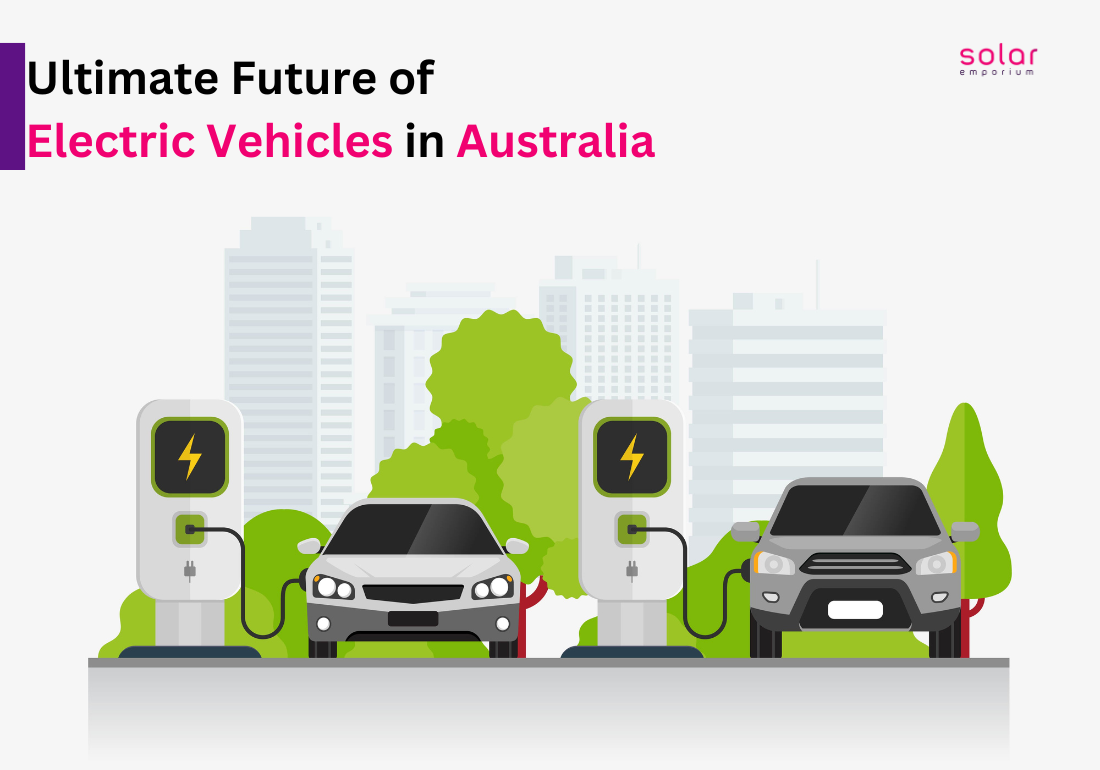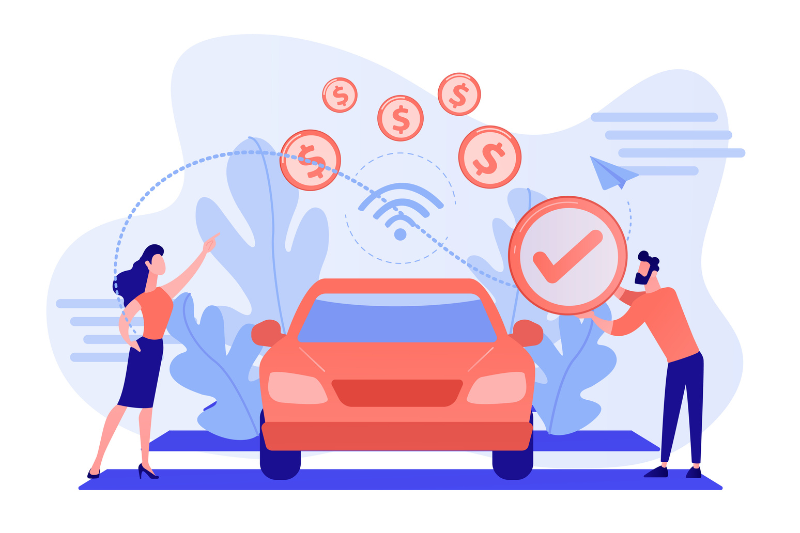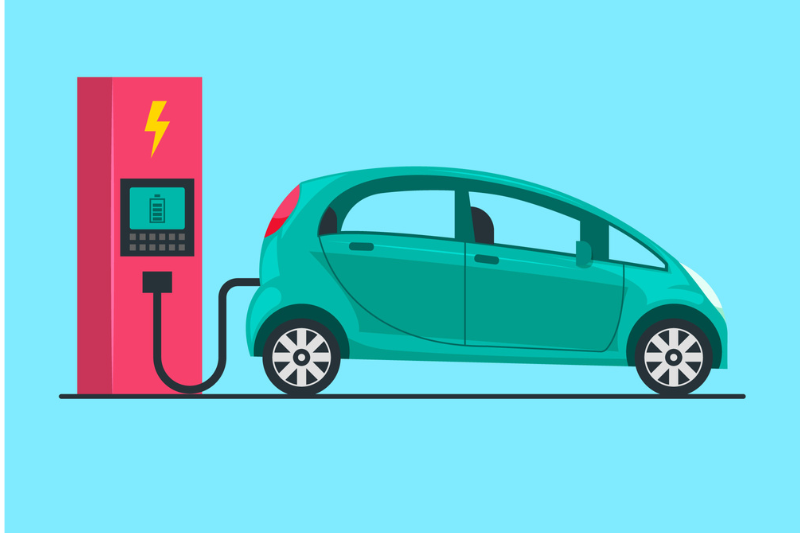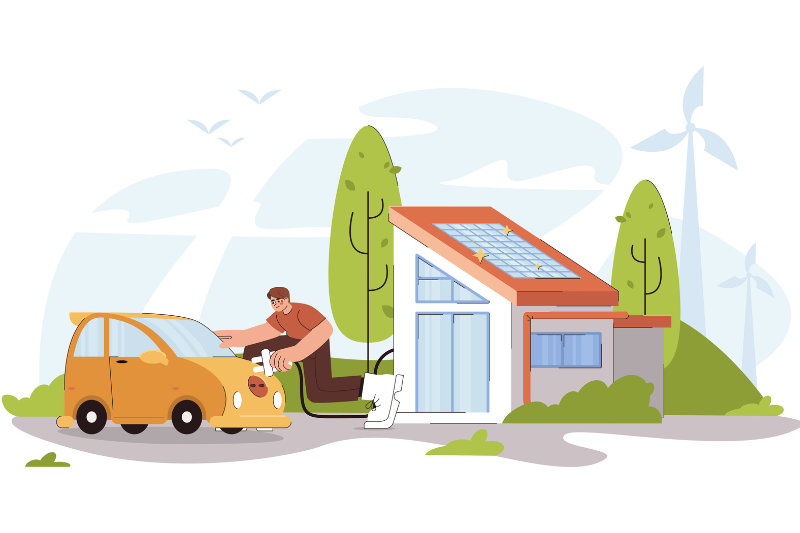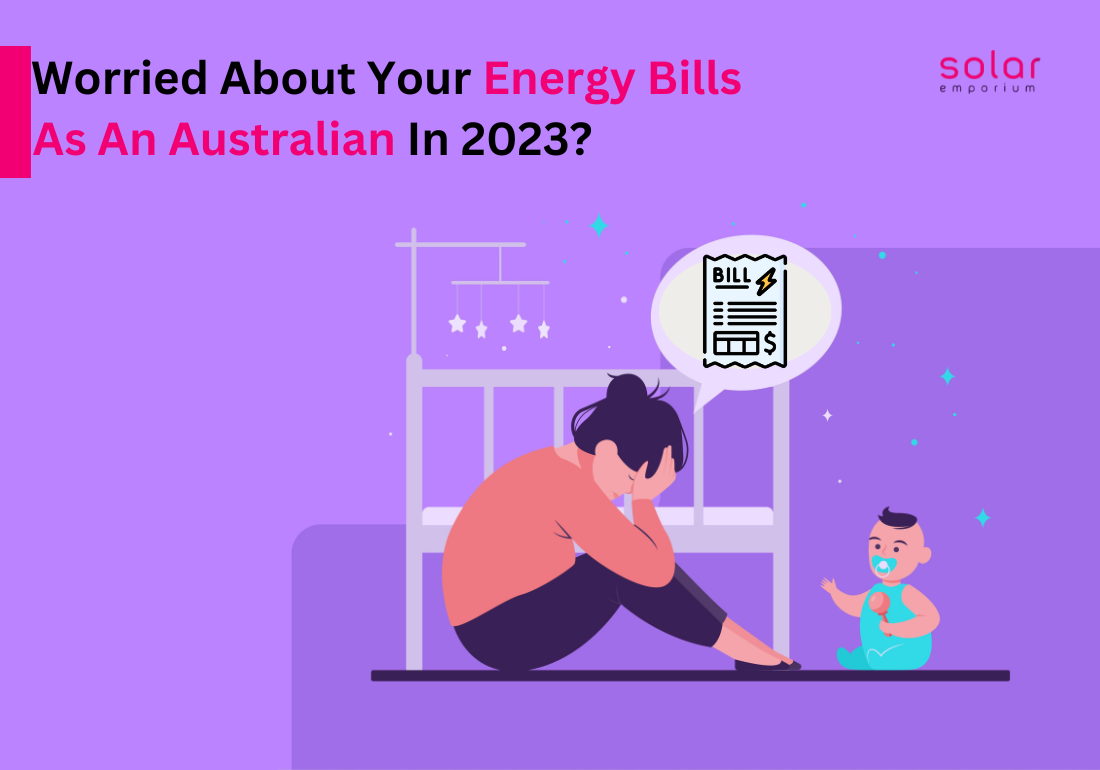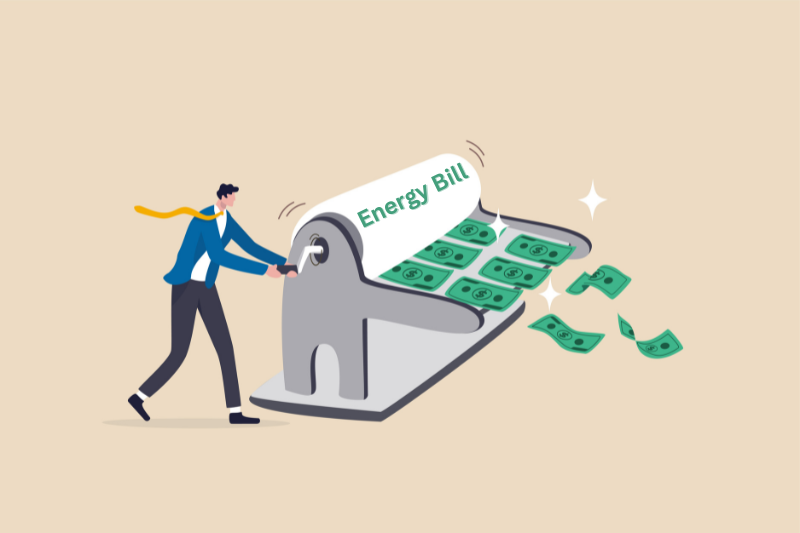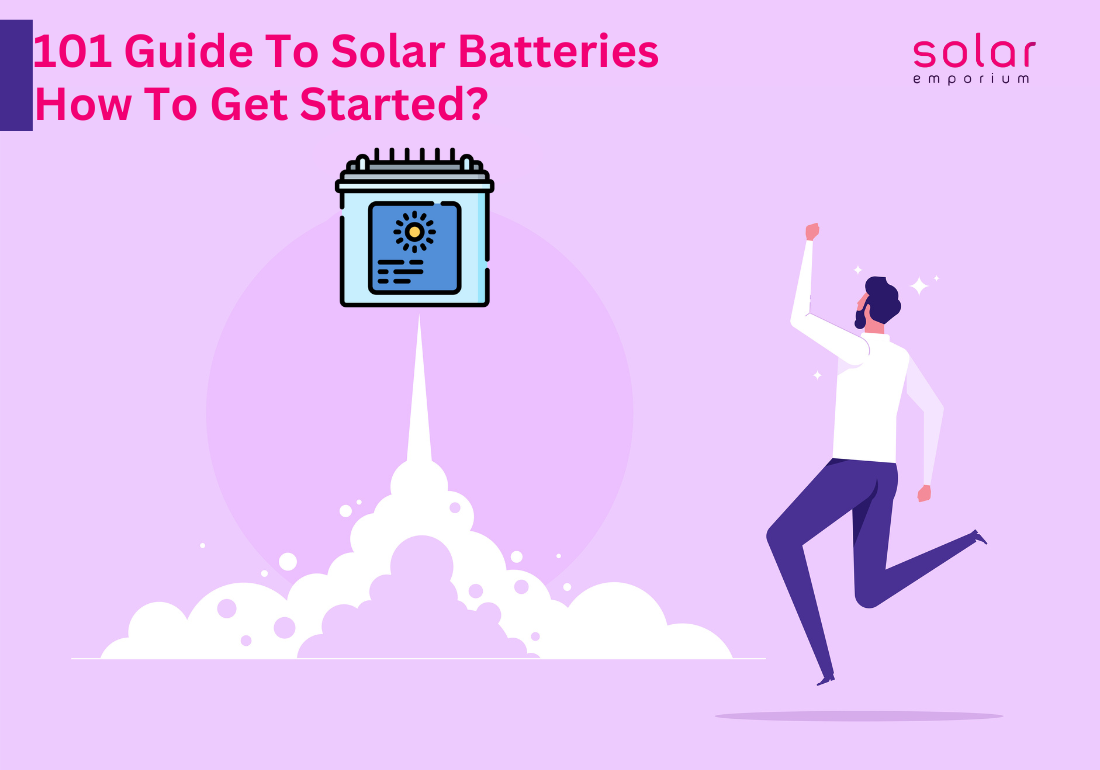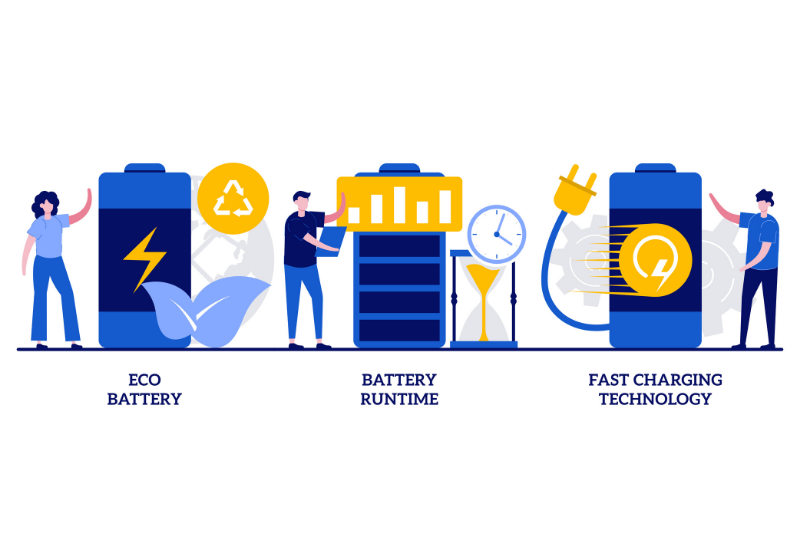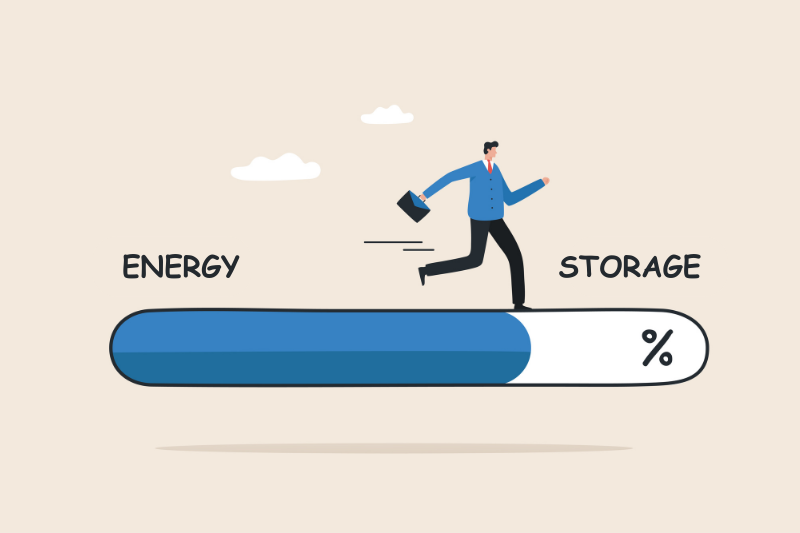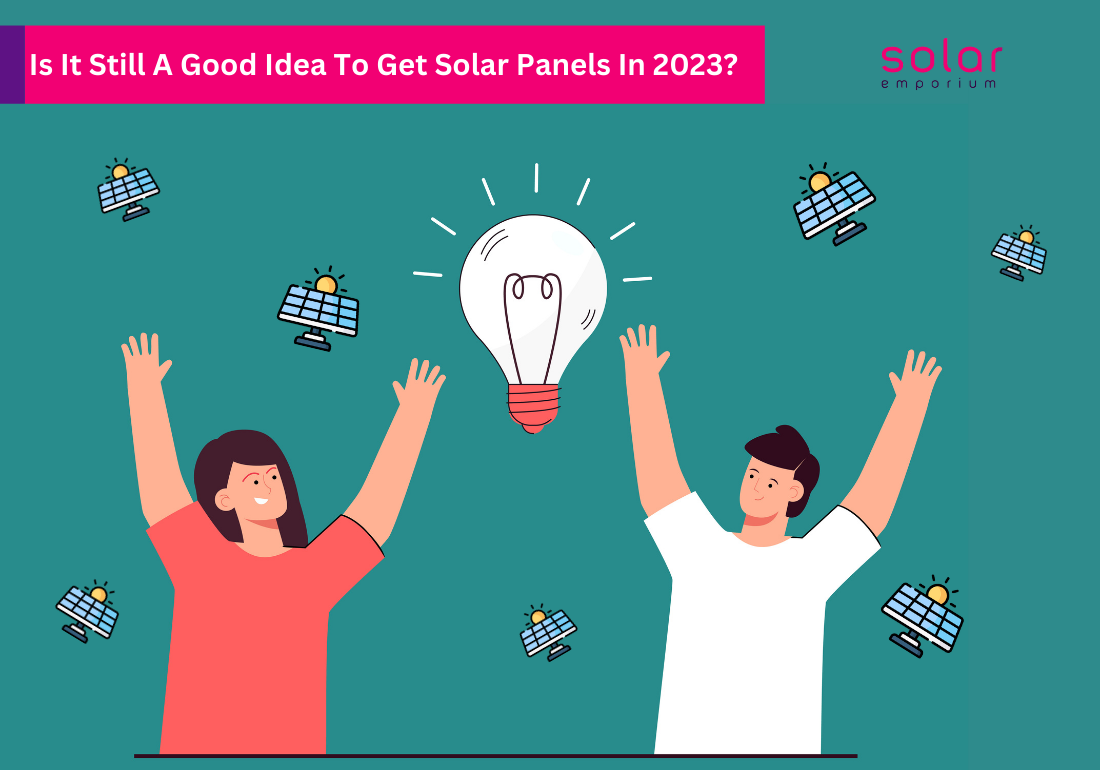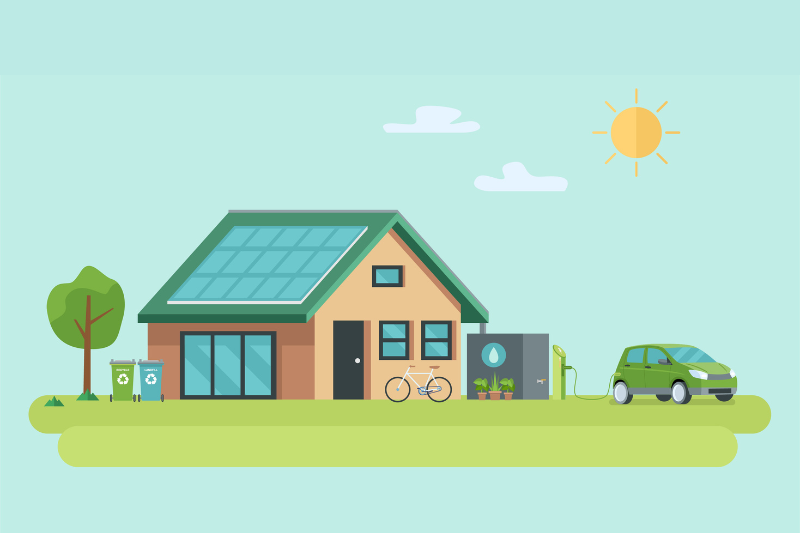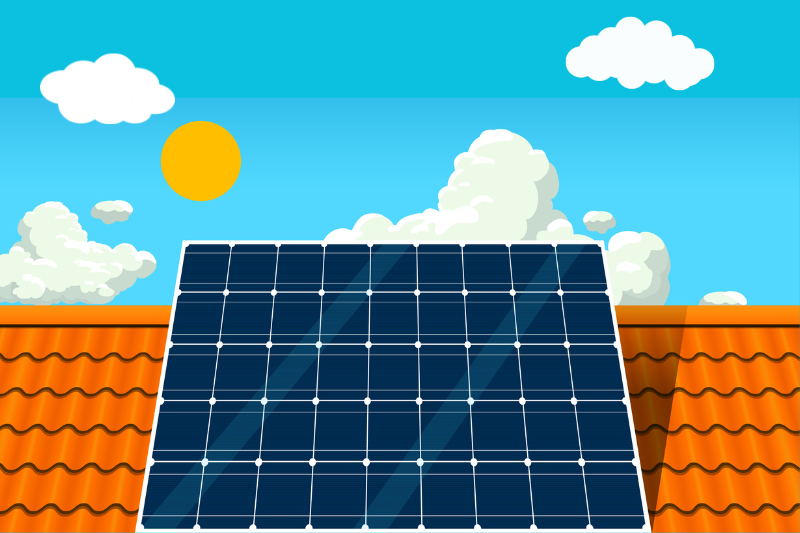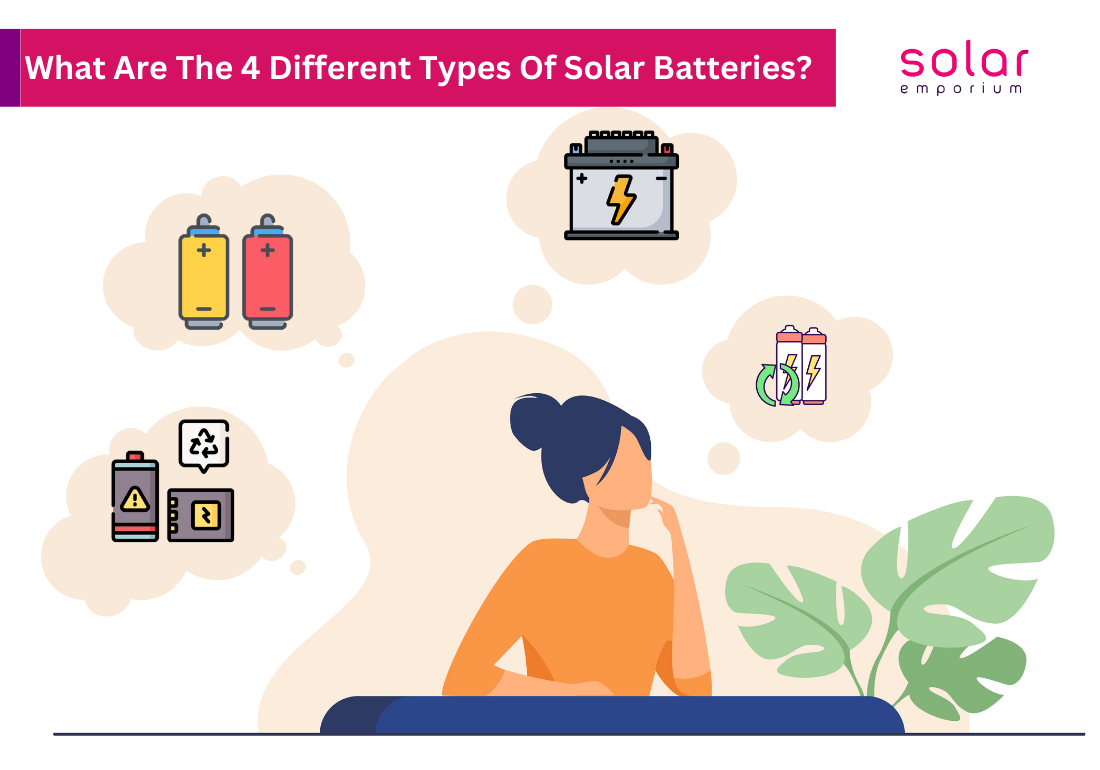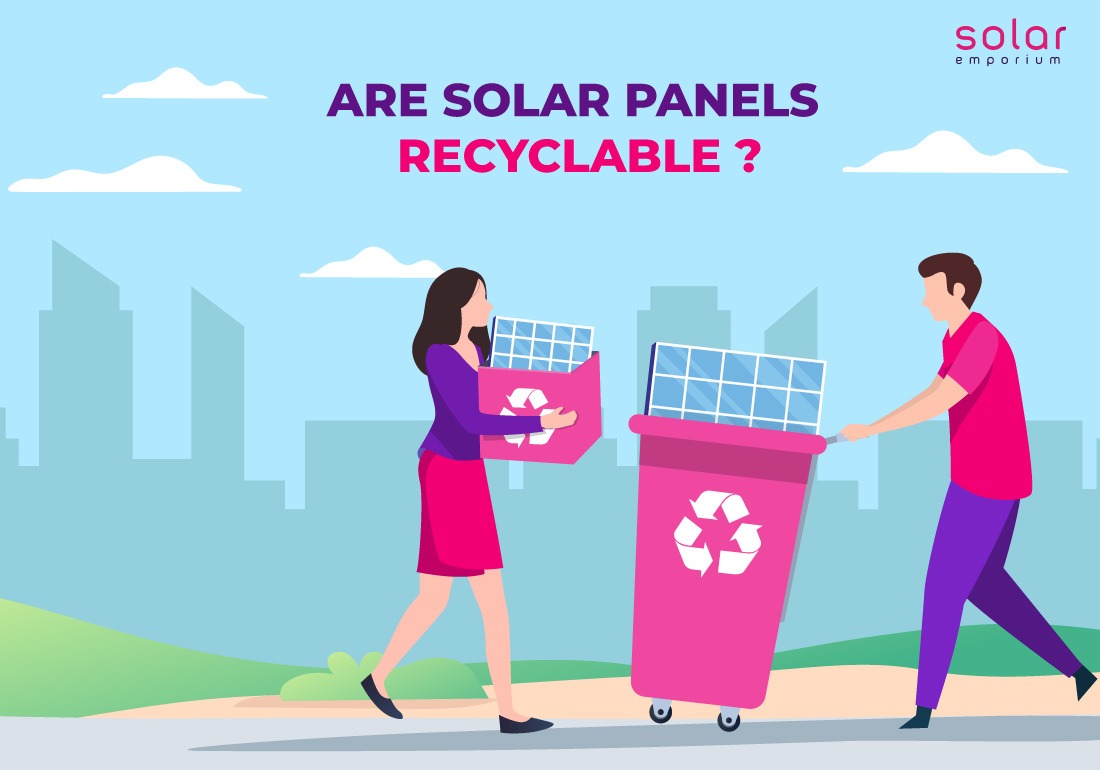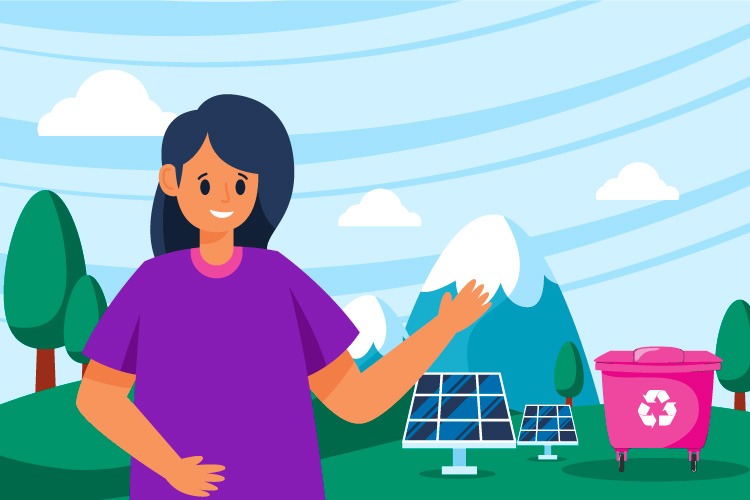Taking advantage of the sun’s power is an increasingly wise choice for many Australians. With the country’s abundant sunshine, solar energy is not only a sustainable choice but can also lead to significant savings on energy bills.
However, the initial cost of installing a solar system can be daunting. That’s where solar rebates and incentives come in. Federal and state governments offer these programs. These programs can significantly reduce the upfront cost of going solar.
And here is the best solar rebate and incentive guide for Australia. This comprehensive guide will walk you through the various solar rebates and incentives available in each state of Australia.
Federal Solar Rebate and Incentive
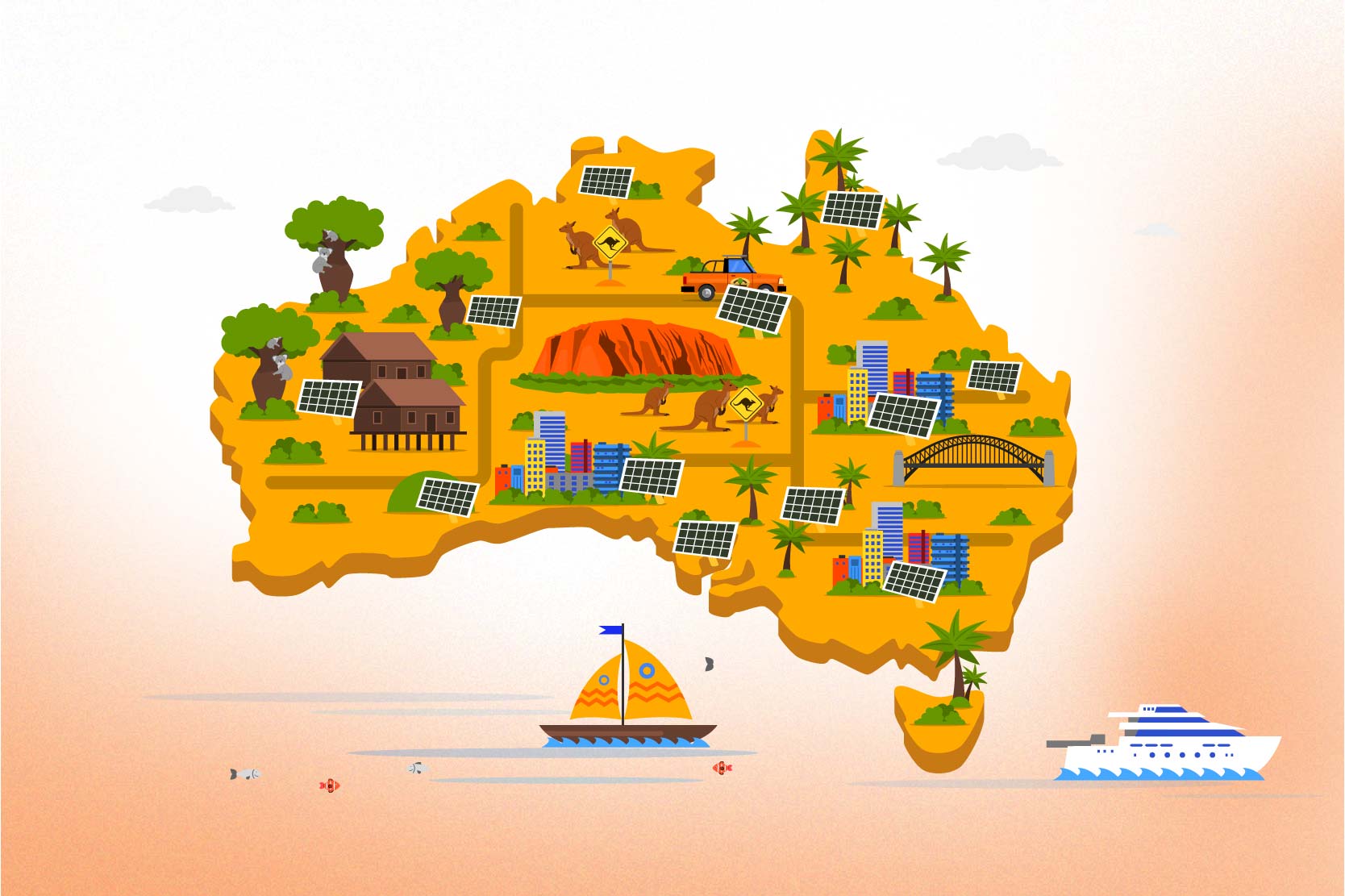
Before we delve into state-specific programs, it’s important to understand the federal solar rebate Australia. We’ll al also get to know the various solar incentives in Australia.
The Small-scale Renewable Energy Scheme (SRES) allows homeowners and small businesses to earn Small-scale Technology Certificates (STCs). Their system is expected to produce or displace every megawatt hour of renewable energy.
These STCs can be sold to recoup a portion of the installation costs. The number of STCs you can earn depends on your location, system size, and current deeming period. At the federal level, the Small-scale Renewable Energy Scheme (SRES) is available to all Australians.
New South Wales (NSW)
Victoria (VIC)
Queensland (QLD)
South Australia (SA)
Western Australia (WA)
Tasmania (TAS)
Australian Capital Territory (ACT)
Northern Territory (NT)
Are You Eligible For Solar Rebates And Incentives?
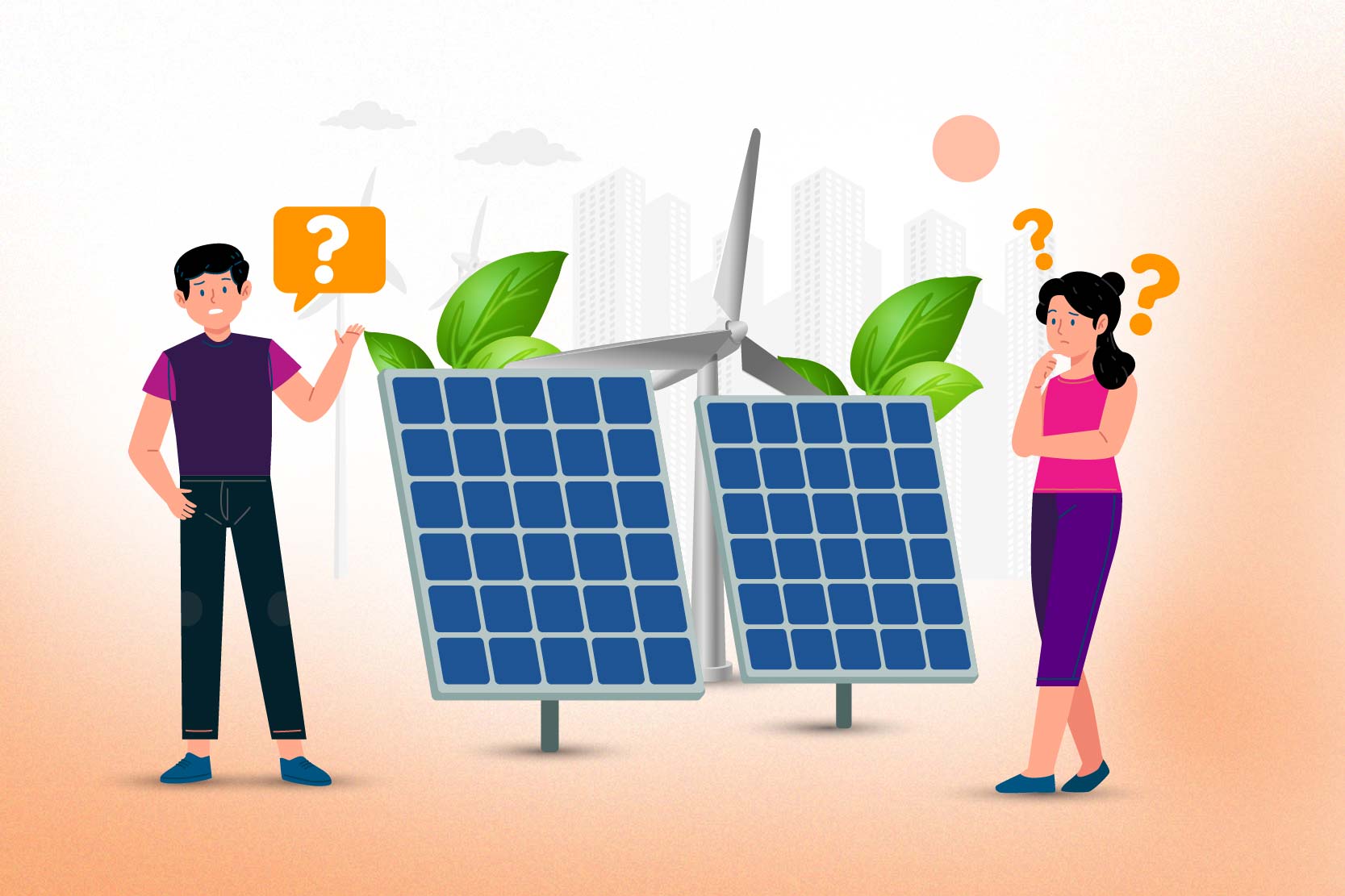
Solar energy, with its environmental advantages and cost-saving potential, is becoming an increasingly attractive option for Australians. The country’s plentiful sunshine makes solar power a viable and sustainable choice, which can lead to substantial reductions in energy bills.
Government solar rebate and incentive is available at both federal and state levels to further encourage the adoption of solar energy. Eligibility for solar rebates and incentives in Australia can vary depending on the specific program and the state in which you reside.
However, there are some general criteria that you will need to meet to qualify for most of these programs. Here’s a guide on how to determine your eligibility:
Location: Your eligibility for solar rebates and incentives depends on your location. Each state in Australia has different programs and incentives, so you’ll need to check what’s available in your specific state.
Installation by a Certified Installer: Most solar rebate and incentive programs require that your solar system be installed by a Clean Energy Council (CEC) accredited installer. This ensures that the system is safely and correctly installed. Choose Solar Emporium for the best solar deals.
System Size and Type: Some programs have specific requirements about the size and type of solar system that qualifies for a rebate or incentive. For example, the federal STC program applies to solar systems up to 100kW in size.
Property Ownership: Some programs, like Victoria’s Solar Homes Program, require you to own the property where the solar system is installed. There may also be requirements about the property’s value or the combined household income.
First-time Installation: Some rebates and incentives are only available for first-time installations. You may not be eligible for another one if you’ve previously received a rebate or incentive for a solar system.
Compliance with Standards: Your solar system must comply with Australian standards to be eligible for rebates and incentives. This includes using panels and inverters that the CEC approves.
To determine your state’s specific eligibility criteria for solar rebates and incentives, visit the relevant government websites like Clean Energy Council (CEC). You can also consult Solar Emporium, your friendly neighbourhood local solar provider.
We can provide you with the most up-to-date and accurate information about what programs you may qualify for.
The Federal Solar Rebate and Incentives in Australia, officially known as the Small-scale Renewable Energy Scheme (SRES).
Under this scheme, the government incentivizes homeowners, small businesses, and community groups to install eligible small-scale renewable energy systems.
Solar panel systems, small-scale wind systems, small-scale hydro systems, solar water heaters, and air source heat pumps are included here.
How Do These Rebates and Incentives Help Australian Homeowners?
Lower Upfront Costs: The SRES creates Small-scale Technology Certificates (STCs) for every megawatt-hour of renewable energy a system is expected to produce or displace over 10 or 15 years (depending on the installation date).
These STCs can be sold and create a form of a rebate, reducing the system’s upfront cost. The number of STCs generated depends on the size of the system and the region in which it’s installed.
Reduced Energy Bills: Once installed, a solar system can generate free electricity for the home, reducing the homeowner’s reliance on the grid and lowering energy bills. The savings will depend on factors like the size of the system, the amount of sunlight in the area, and the household’s energy consumption patterns.
Feed-in Tariffs: In addition to the federal incentives, some states, and territories offer feed-in tariffs. This means that if a solar system produces more electricity than the home uses, the excess can be fed back into the grid, and the homeowner will receive a credit on their electricity bill.
Increased Property Value: Installing a solar system can increase the value of a property. As more people become aware of the benefits of solar energy, homes with solar systems can become more attractive to potential buyers.
Environmental Impact: By installing a solar system, homeowners also contribute to reducing greenhouse gas emissions, helping combat climate change.
Remember, the specific benefits and savings will depend on individual circumstances, including the size and type of system installed, the location of the property, and the household’s energy usage.
It’s always a good idea to consult with a solar professional like Solar Emporium to understand the potential benefits in your specific situation.
How To Apply For Solar Rebates and Incentives?
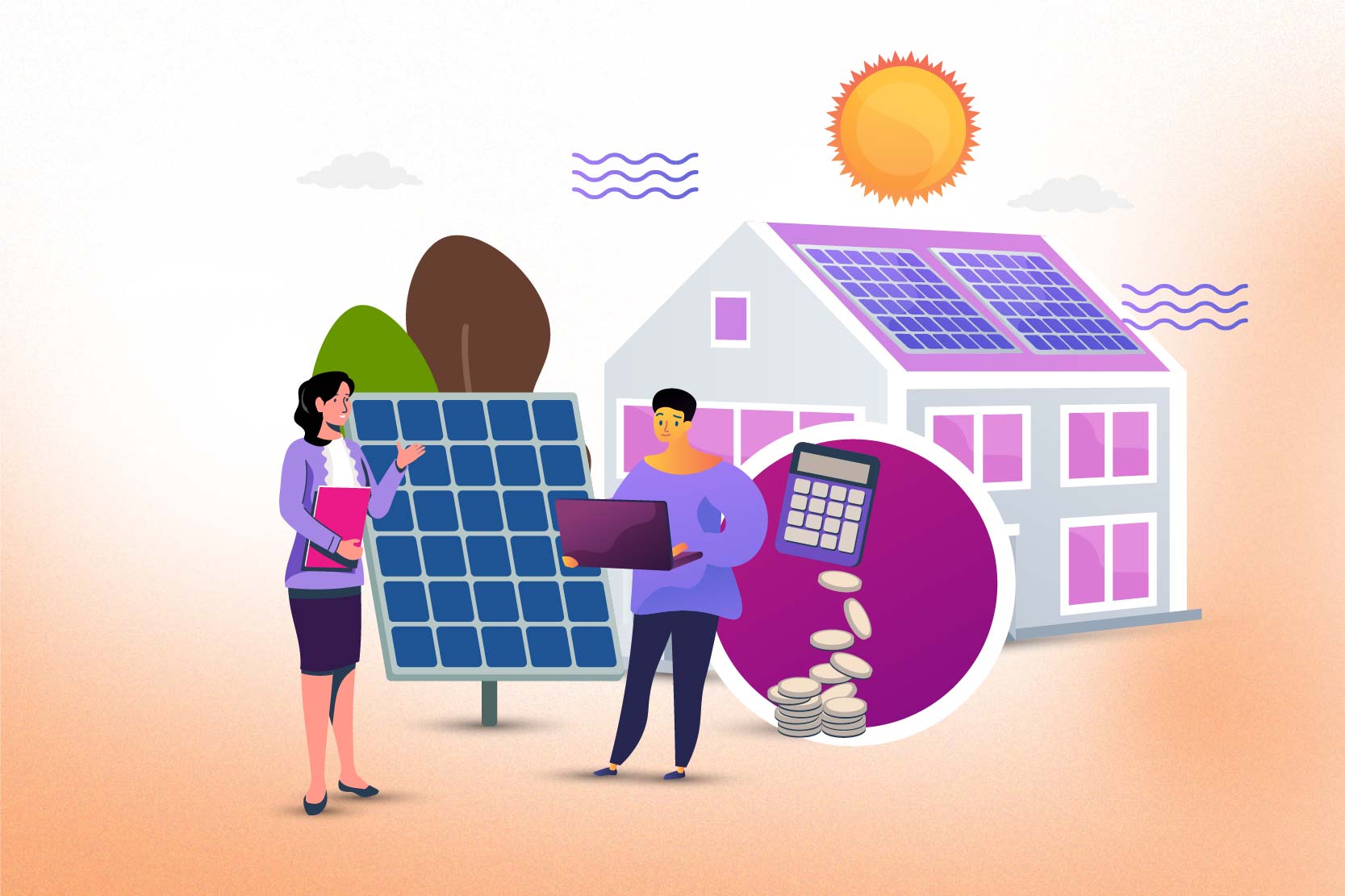
Applying for solar rebates and incentives in Australia needs a few steps, and the process can vary depending on the specific program. Here’s a general idea to clear your path for a trouble-free journey toward solar rebates and incentives.
Research: Research the different rebates and incentives available in your state. The Clean Energy Council’s website is a good resource for this.
Choose a System and Installer: Choose a solar system that suits your needs and a Clean Energy Council (CEC) accredited installer. The installer is usually responsible for handling the Small-scale Technology Certificates (STCs) paperwork, which is part of the federal government’s Small-scale Renewable Energy Scheme. And Solar Emporium would be the best choice for every Australian homeowner.
Installation and Paperwork: Once you’ve selected a system and installer, they will install it and handle most of the paperwork. This includes creating the STCs and assigning them to an agent who will pay you the value of the STCs either as a discount off your invoice or as a direct payment.
State-Based Rebates: If you’re applying for a state-based rebate, like the Solar Homes Program in Victoria, you may need to apply through the relevant government website. This often involves providing proof of eligibility, such as proof of income and property ownership.
Feed-in Tariffs: You must contact your electricity retailer if you’re applying for a feed-in tariff. They will provide a new meter to measure the electricity you export to the grid.
Solar energy is a fantastic way to reduce your carbon footprint and save on energy bills. With the help of federal and state solar rebates and incentives, the initial cost of installing a solar system can be significantly reduced.
And this federal solar rebate in Australia will make the process a more accessible option for many Australians.
Remember, the specifics of these programs can change, so it’s important to check the current details with your provider or local government before deciding. Renewable energy Australia’s solar feed-in tariff also give access to further lessen their energy prices.
It’s also a good idea to always consult with a solar professional or the relevant government department to understand the exact steps you need to take.
With the right information and support, you can switch to solar and enjoy the benefits of renewable energy.
